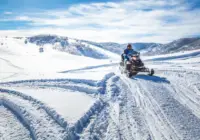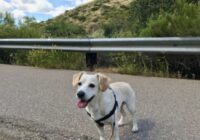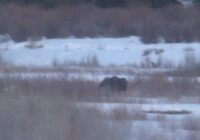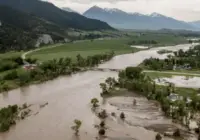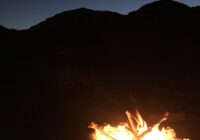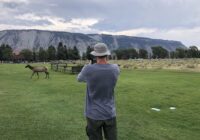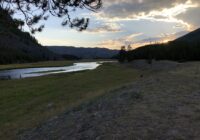Dog Friendly Restaurants West Yellowstone
Pet-Friendly Establishments The Buffalo Bar offers a diverse menu including breakfast, salads, burgers, and more. They welcome dogs at outdoor tables. Pete’s Rocky Mountain Pizza allows your pup to join you at an outdoor table. Known for their pizza and pasta, they also offer Italian sodas and lemonade. Your dog will enjoy water and treats.… Read More »


